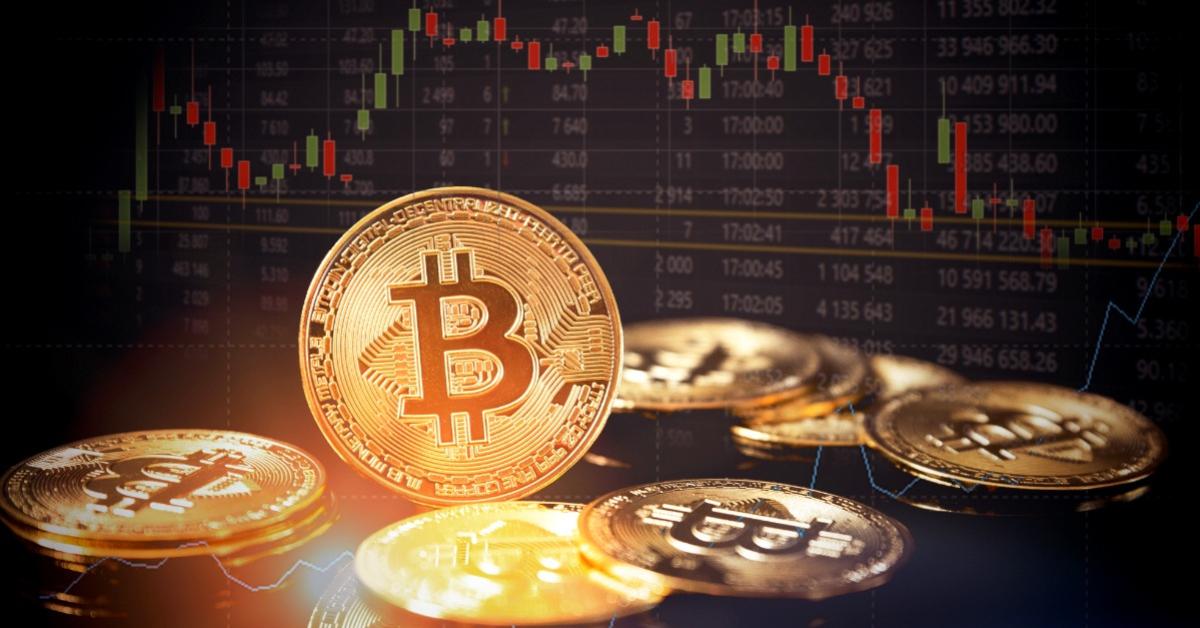
Cryptocurrency enthusiasts generally have a great appreciation for the Austrian school of economics. This is understandable since Austrian economists have always argued for the merit of privately produced money outside government control. Unfortunately, an erroneous understanding of the development and functions of money has emerged and become increasingly dominant among at least some proponents of bitcoin—a narrative that is at odds with the basics of Austrian monetary theory.
In this view, which can perhaps be traced to Nick Szabo’s essay emphasizing collectibles, the primary and predominant function of money is as a “store of value,” or this function is on par with the medium-of-exchange function. According to this view, a commodity must first “transmit value” over time. It can then be used as a medium of exchange before finally becoming established as a unit of account.
This account gets the emergence and function of money backwards: the primary and indeed sole essential function of money is as a medium of exchange. Its status as a “store of value” (more on this phrase below) is incidental, while the function of unit of account is nonessential, as there have been many money commodities throughout history that were never used as units of account.
The Austrian tradition, from Carl Menger to Ludwig von Mises and Murray Rothbard, has always insisted that money is in essence a medium of exchange, with any other so-called functions being incidental and, in the case of “store of value,” metaphorical. In what follows, we explain this position.
On Value
To understand the nature of money, we first review the theory of value. Austrians have always emphasized the subjective nature of value. It is not something intrinsic to goods but always relative to the acting individual and his potential choices. At the moment of choice, he confers value on an object by preferring it to other objects. An object can be valued either for its usefulness in directly achieving the acting individual’s end (as a consumer good), for aiding the production of consumer goods (as a producer good), or as a medium of exchange.
The key point is that value is a subjective notion and is only meaningful in a choice situation. Subjective value cannot be transmitted across time, and therefore there is no such thing as a “store of value” in a literal sense. A thing can of course be stored for later use, but its value cannot be stored in the same way that its physical integrity can be preserved. At any given time, however, subjective value plays the central role in the formation of market exchange rates, i.e., prices.
An exchange only ever takes place when the exchanging parties both prefer what the other has more than what they give up in return. In a monetary economy, most exchanges are between money and nonmoney goods and services, but the same principle of reverse preference rankings holds true: the seller of a good prefers the sum of money he receives to the good and the buyer prefers the good to the sum of money he must surrender for it.
In a society with consistently repeated exchanges, an integrated system of market prices is established. A thing’s market price is then the same as its market value. To call something a “store of value” is really a way to say that its market value is expected to remain the same or increase over time. The difference between money and other goods is that the market value of money cannot be expressed as a single price but must be expressed as a whole range of prices. This range of prices is the purchasing power of money. When we speak of money as a store of value, we really mean that we expect it to have a stable or increasing purchasing power with respect to all other goods.
On Money
A key argument of the “store of value” proponents is that money is the good that best served as a store of value and therefore gradually emerged as the most common medium of exchange. This idea has very little to do with Menger’s account of the origin of money. It is not the best store of value that emerges as money but the most marketable good.
The movement from direct to indirect exchange develops as market actors discover that goods differ in how widely demanded they are and begin to exchange their goods for more widely demanded—more marketable—goods instead of engaging in direct barter. A few goods gradually become dominant media of exchange based on the characteristics that make them useful for this purpose: high value per unit weight/volume, divisibility, durability, transportability. The precious metals were until the twentieth century used as money precisely because their qualities made them the most suitable commodities for the purpose.
Notice that there’s been no mention of money being a store of value in this discussion of Menger’s theory of money so far. In fact, he explicitly argued that it was wrong to attribute to money qua money the function of store of value:
But the notion that attributes to money as such the function of also transferring “values” from the present into the future must be designated as erroneous. Although metallic money, because of its durability and low cost of preservation, is doubtless suitable for this purpose also, it is nevertheless clear that other commodities are still better suited for it. Indeed, experience teaches that wherever less easily preserved goods rather than the precious metals have attained money-character, they ordinarily serve for purposes of circulation, but not for the preservation of “values.”
That the monetary metals are also good stores of value is only an accidental feature; it is not essential to their monetary function. Qualities that make a commodity a so-called store of value are likely to also make it a good medium of exchange. Thus, durability is important for any monetary commodity, and it is obviously essential for anything to be a “store of value” for any length of time.
In fact, as Mises explained, the function of store of value, insofar as it can be said to exist for a certain money commodity, is embedded in the commodity’s primary function as a medium of exchange: “Money is the thing which serves as the generally accepted and commonly used medium of exchange. This is its only function. All the other functions which people ascribe to money are merely particular aspects of its primary and sole function, that of a medium of exchange.”
We need not get into a deeper discussion of the demand for money—it is obvious, as Mises goes on to mention in the chapter just cited, that people keep a reserve of money, and that all money is always held by someone somewhere. This too, however, does not indicate that money necessarily serves as a “store of value.” As William H. Hutt explained in a classic article (later elaborated by Hans-Hermann Hoppe), money’s use in a person’s cash balance is as a reserve of purchasing power against unforeseen contingencies.
We keep cash on hand for emergencies or to avail ourselves of unforeseen profitable opportunities. But even bad money—i.e., money declining in purchasing power and which therefore cannot meaningfully be said to be a “store of value”—serves this purpose. Holding money simply means holding on to it until the day in the uncertain future when you expect you will be able to exchange it for something you value more.
Final Thoughts
Bitcoin enthusiasts who align with the Austrian school of Menger, Mises, and Rothbard err when they ascribe fundamental importance to the “store of value” function of money at the expense of the “medium of exchange” function, the latter of which is the only essential aspect of money. Likewise, downplaying the importance of active usage of cryptocurrency, which also entails increased business demand, in favor of a “HODL forever” mentality, goes against Mises’s recognition that “business usage alone can transform a commodity into a common medium of exchange.”








